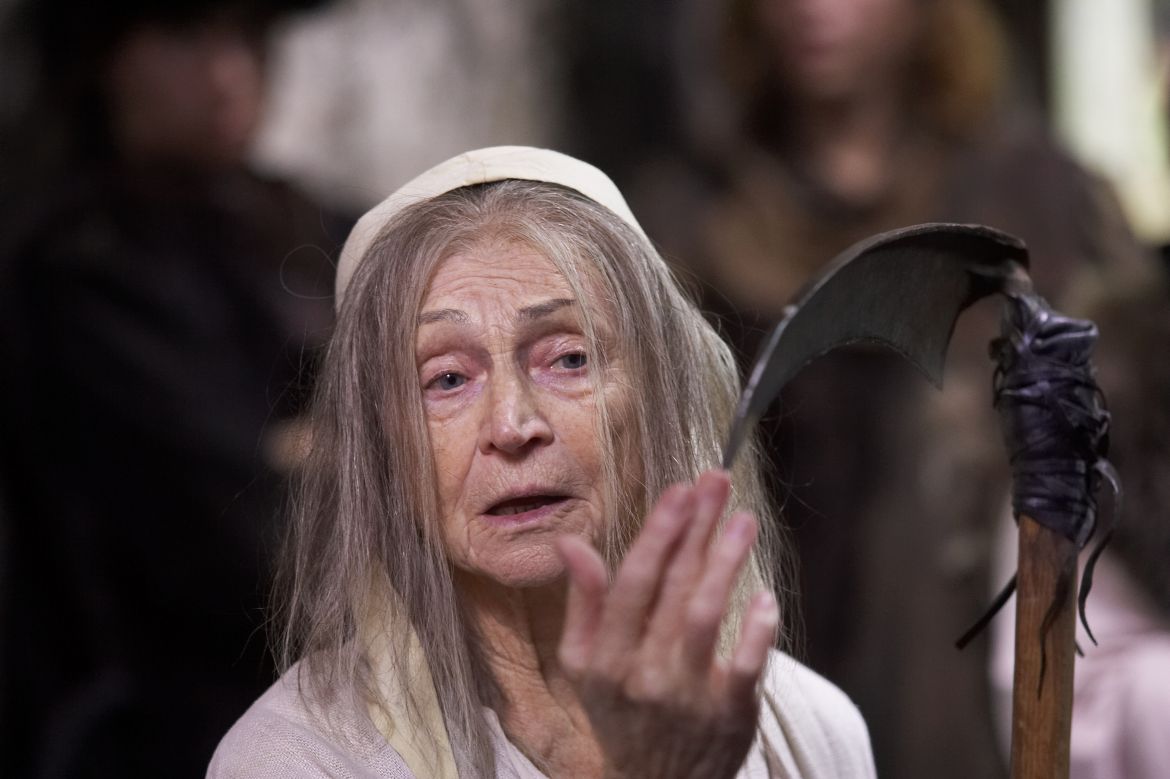

Rather than simply telling the story of what happened in Bath, Schechter looks much more deeply into the situation, what similarities we would see in our world today (tabloid stories, “murderabilia” collectors, and people from nearby towns coming just to look at the devastation) as well as what was going on in the world in May of 1927 that may have had a large effect on the news coverage the Bath disaster did (and did not) receive. This all leads up to the morning of Wednesday, May 18, 1927, when Kehoe detonated explosives numerous times. today) was only the beginning as he began to find objection to many decisions made by town leaders. His disapproval of a newly proposed school tax (a property tax used to fund public schools which is extremely common throughout the U.S. Schechter also shows the reader the slow unraveling of Kehoe as he begins to take slights (both real and imagined) more and more personally. He was even asked to complete a term as town clerk when the person in that position unexpectedly passed away, such was his attention to detail.

He was educated, respected, and served his community as school board treasurer. We are introduced to Andrew Kehoe as a complete person, not a two-dimensional villain. Exhaustively researched and told in an unflinching narrative, Harold Schechter’s Maniac tells the story of “the Bath School Disaster and the birth of the modern mass killer” bringing a crime from almost 100 years ago into sharp modern-day detail.īeginning with the history of the township of Bath, a small town not far from Lansing, Michigan, Schechter builds the story piece by piece while the reader knows all along they are headed toward tragedy.


 0 kommentar(er)
0 kommentar(er)
